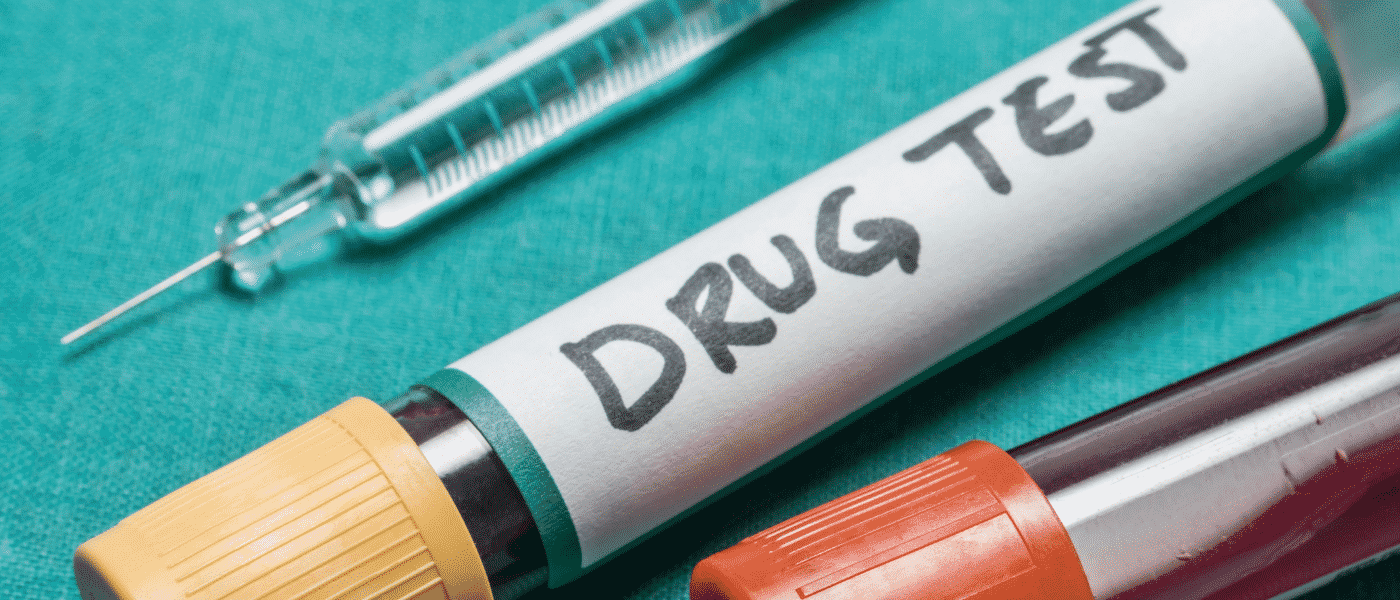Looking at the Two Sides of the Justify Drug Test Scandal

A New York Times story published yesterday alleges 2018 Triple Crown winner Justify failed a drug test prior to his historic run and was allowed to race anyways.
The story has all the potential to become one of horse racing’s great scandals, but now Justify trainer Bob Baffert and his attorney are pushing back against the story. In a response issued this morning, Baffert attorney W. Craig Robertson III described the New York Times article as “long on sensationalism, short on facts.”
With a potential Justify scandal brewing, we look today at both sides of the story as told by key characters. We offer no judgment on the veracity of the Justify drug testing story – today we simply look at what has been alleged and how each side has responded so far.
New York Times Justify Allegations
The New York Times article makes multiple serious allegations that have already mired Justify, his training team and the California Horse Racing Board (CHRB) in controversy.
Not only does the article allege the 2018 Triple Crown winner ran all three races after a failed drug test, but that the CHRB went out of its way to allow Justify and his team to continue racing contrary to sport rules.
The full NYT article goes into greater details and provides additional supporting evidence, but the basic rundown of the allegations follows:
Justify won his entry to the Kentucky Derby race by winning the 2018 Santa Anita Derby on April 7th. A drug test conducted after the Santa Anita Derby found scopolamine in Justify’s system at 300 nanograms per milliliter.
The New York Times spoke with Dr. Rick Sams, who ran the drug lab for the Kentucky Horse Racing Commission for seven years. He told the Times that the amount of scopolamine found in Justify suggests “intentional intervention.”
Dr. Sams also told the New York Times that scopolamine can be used as a bronchodilator to enhance a horse’s breathing and to “optimize a horse’s heart rate.”
The failed drug result should have resulted in Justify’s Santa Anita win being overturned and his prize money and accompanying entry to the Kentucky Derby forfeited.
Instead, the CHRB waited until the Kentucky Derby was just nine days away to notify the Justify team of the failed drug test.
After learning of the failed drug test, Bob Baffert requested that the sample be sent to a second lab for verification – a right trainers have when a horse fails a drug test. The sample was shipped on May 1st and the second lab confirmed the original drug test result on May 8th, three days after Justify’s Kentucky Derby victory.
Still, the CHRB allowed Justify to run in the Preakness Stakes and Belmont Stakes en route to his Triple Crown victory.
The New York Times reports the CHRB later “made a series of decisions behind closed doors” to drop the case and reduce the penalties for horses that test positive for scopolamine.
As if the whole thing didn’t smell bad enough already, the NYT article notes that CHRB Chairman Chuck Winner owns an interest in horses trained by Baffert while two other board members employ trainers and jockeys regulated by the CHRB.
By way of defense, CHRB Executive Director Rick Baedeker told the New York Times the timing of the drug test was awkward and that there was simply no time for anyone to conduct a fair investigation before the Kentucky Derby.
The CHRB also chose to move cautiously due to the possibility of contamination by jimson weed, which can be mixed in with feed and bedding straw. Jimson weed contains scopolamine, and a CHRB warning issued back in 2016 noted as much.
To break that all down even further, here’s the basic timeline of events according to the New York Times:
- April 7, 2018: Justify wins the Santa Anita Derby, which qualifies him for the Kentucky Derby
- April 7, 2018: Justify takes a post-race drug test that later shows positive for Scopolamine; 300 nanograms per milliliter
- April 18, 2018: California Horse Racing Board (CHRB) is notified of the positive drug test
- April 26, 2018: Bob Baffert is notified of Justify’s positive drug test; Baffert asks for a second test to confirm the first result
- May 1, 2018: Justify sample is sent to the second lab for testing
- May 5, 2018: Justify wins the Kentucky Derby
- May 8, 2018: Second lab confirms the original result
- May 19, 2018: Justify wins the Preakness Stakes
- June 9, 2018: Justify wins the Belmont Stakes for a Triple Crown title
- August 23, 2018: CHRB Executive Director Rick Baedeker presents the Justify case directly to CHRB commissioners in a private session; the board members all vote not to pursue the case against Baffert
Baffert and Company Respond
Bob Baffert and his attorney responded to the allegations today with strong words for the New York Times and article author Joe Drape.
Bob Baffert himself spoke to BloodHorse today and blamed the positive drug test result on contamination. He also issued a flat-out denial of any intentional drugging:
“I’ve never administered that drug or had it administered to one of my horses. I wouldn’t even know how it would come – what form it would come in.”
He continued:
We’re always getting notices to be aware of that stuff, but looking for it is like looking for a needle in a haystack. It’s tough, especially when you bed on straw. I’ve been fortunate that I’ve never had one of these before, but I’ve seen it happen to other trainers out here. You’re holding your breath that it doesn’t happen to you, but we’re sitting ducks. Contamination is hard to control.
“The general public has to be educated that we do have contamination. It’s common sense that nobody would intentionally give their horses something like (scopolamine). I wouldn’t do that. When it happened, it was like, ‘Seriously? That’s ridiculous.’ I turned it over to my attorney because I was trying to win a Derby.’”
W. Craig Robertson III, attorney for Bob Baffert, issued a lengthy statement addressing Joe Drape, author of the NYT article. Robertson’s statement begins:
“Your article is long on sensationalism, short on facts, and does a great disservice to Mr. Baffert, JUSTIFY, and the entire horse industry. As a result, I am compelled to set the record straight.”
Robertson goes on to argue that it would be counterproductive to administer scopolamine to a horse:
“No trainer would ever intentionally administer Scopolamine to a horse. It has a depressant effect and would do anything but enhance the performance of a horse. There is zero scientific evidence to suggest that Scopolamine has any performance enhancing properties.”
In explaining why Justify would even test positive for scopolamine in the first place, he explains:
“…Scopolamine is a known environmental contaminant. It is contained within Jimson Weed, which is a naturally growing substance in areas where hay and straw are produced in California. As a result, hay and straw frequently become contaminated with Scopolamine in California. There is a long history of environmental contamination cases involving Scopolamine in the state of California. In the past, the CHRB has even issued official advisories concerning contaminated feed to horseman. There is no doubt that, with regard to JUSTIFY, the alleged positive was the result of environmental contamination from hay or straw.”
Robertson further challenges the New York Times article noting that 300 nanograms is miniscule amount of a drug and that one nanogram is a billionth of a gram.
Perhaps most importantly, Robertson also notes Justify ran in three different jurisdictions across his Triple Crown run: Kentucky, Maryland and New York. Justify passed every test conducted over that period.
What It All Means for Horse Racing
It is still way too early to even attempt to guess how this is all going to shake out, but there is no way the horse racing industry gets through this without a damaged reputation at the very least.
The headlines alone are enough to forever stain Justify’s accomplishment whenever he is mentioned as one of history’s few Triple Crown winners. Given that the events described in the NYT story occurred more than a year ago, there is basically no way to completely exonerate Justify, Bob Baffert and the rest of the team even if they are completely innocent of any wrongdoing.
The California Horse Racing Board is also going to come out of this looking bad. The apparent special treatment they gave the Justify case, even if they can prove their delicate approach was justified, looks highly suspect given some of the board members’ own financial interests in the horse racing industry.
One bet that is probably pretty safe to make right now is there will be changes to California law to prohibit members of the Horse Racing Board from having any financial interest in the local racing industry.
If this scandal plays out anything like other high-profile pro sports drugging scandals have played out, we will likely never know with absolute certainty what actually happened. Justify and Bob Baffert will likely live on with just a tinge of a shadow always following them while the CHRB will serve as a reminder that we must always watch the watchers.





